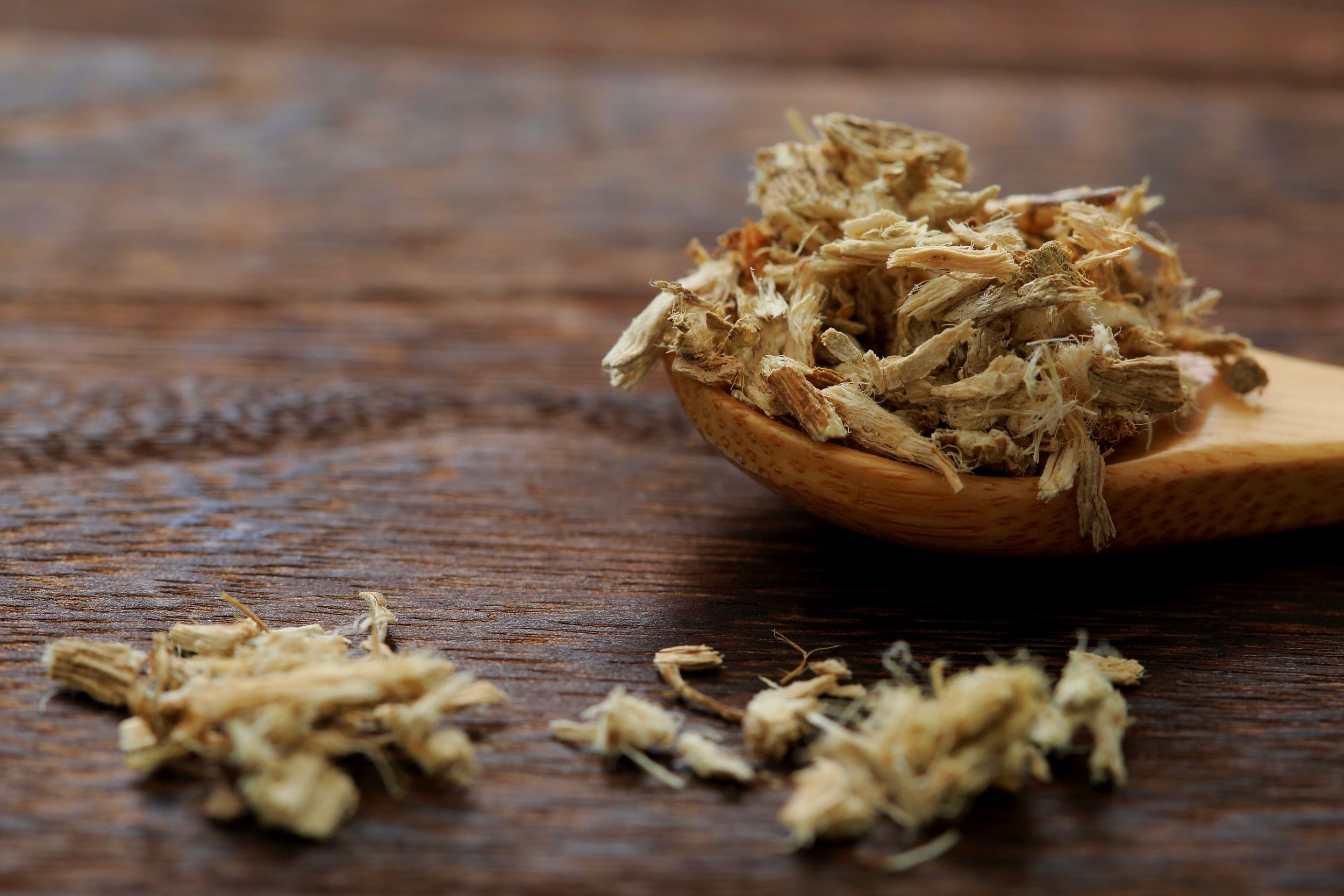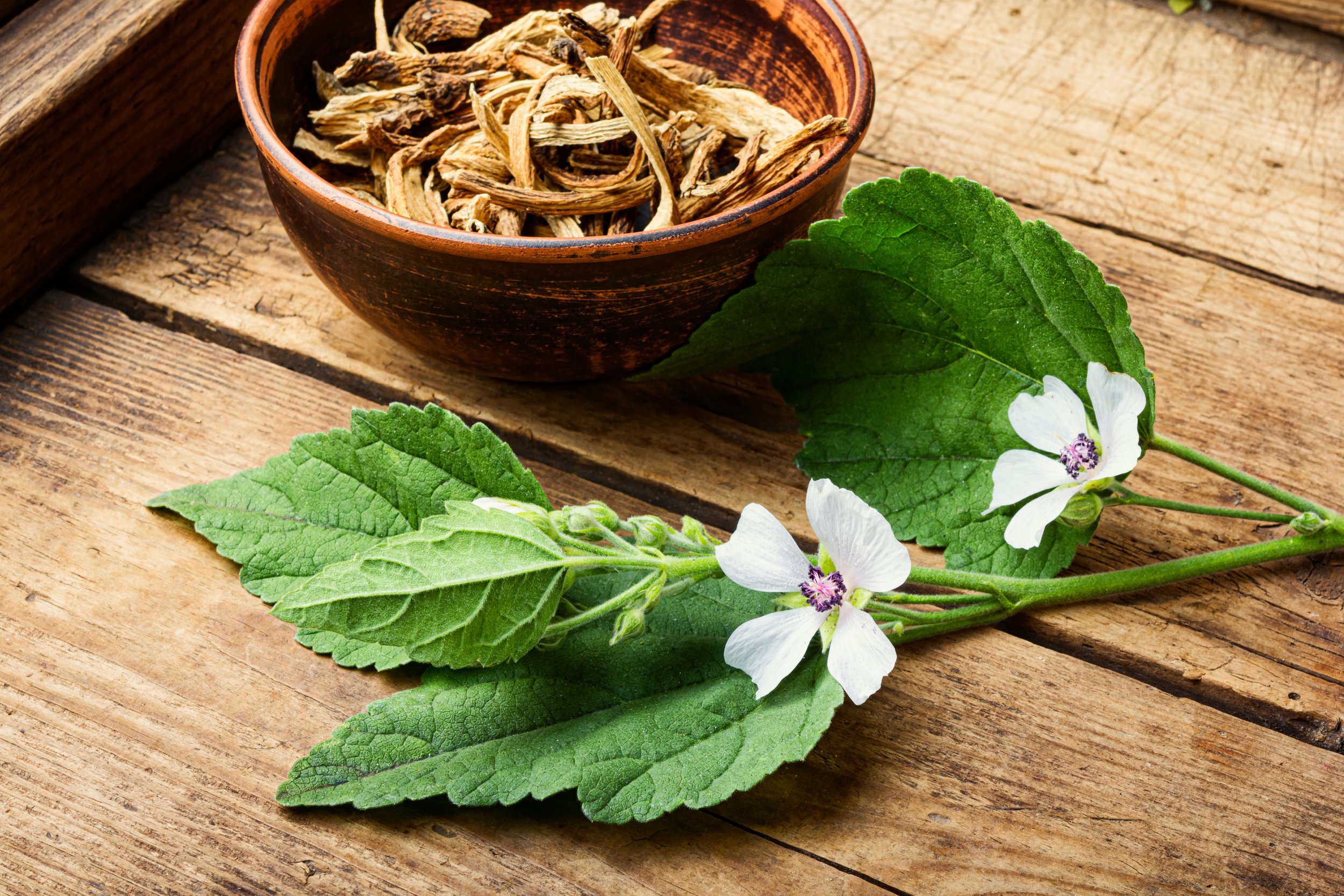
Marshmallow
Althea officinalis
Therapeutics
Anti-inflammatory- especially when applied topically,
emollient- forming a protective layer in the digestive tract and on the skin (especially the root), anticoagulant (flower), expectorant, treats dry cough.
Plant Anatomy & Growth
An herbaceous plant (no woody stems) that typically reach a height of around 100 cm but can get up to a couple meters under the right conditions. It has alternating oval to heart shaped leaves with serrated edges and tap roots that get 2cm in diameter and branch. Pale pink, 5 petaled blossoms bud from the upright stems in late summer, these blossoms are much lighter in color than the common mallow, sometimes even white.
Native to Europe and Western Asia this plant thrives in moist soil.
Harvest the root, flowers and leaves.
Color
roots with a gray exterior and white interior with brownish cambium.
small pink flowers
green oval/heart shaped leaves, sometimes lobed.
Scent
mild, aromatic
Taste
mucilaginous, mild
Constituents
Most prominent active constituent being ~10 to 20% mucilage consisting of glucans, galacturonorhamnans, glucans and arabinogalactans.
Uses
Gargle for throat indications, cold infusions and gentle tinctures/oxymels for gastrointestinal issues, or the powdered herb made into a paste and swallowed. Apply topically to irritated skin.
No known adverse effects internally or externally although marshmallow flower is known to slow blood clotting. Alway consult a licensed practitioner prior to use.
References
WHO Monographs on selected medicinal plants. Vol. 2. Flos Calendulae. World Health Organization, Geneva 2002; 35-44
Britannica, T. Editors of Encyclopedia. Marshmallow. Encyclopedia Britannica 2018. https://www.britannica.com/plant/marsh-mallow
Dawid-Pać, Renata. Medicinal plants used in treatment of inflammatory skin diseases. Postep Derm Alergol 2013; XXX, 3: 170–177. DOI: 10.5114/pdia.2013.35620
Alfs, Matthew. 300 Herbs: their indications & contraindications. 2d ed.rev. Old Theology Book House 2020; ISBN: 978-0-9612964-8-3.


